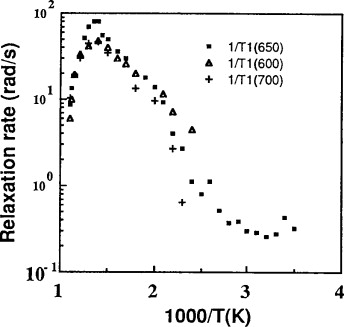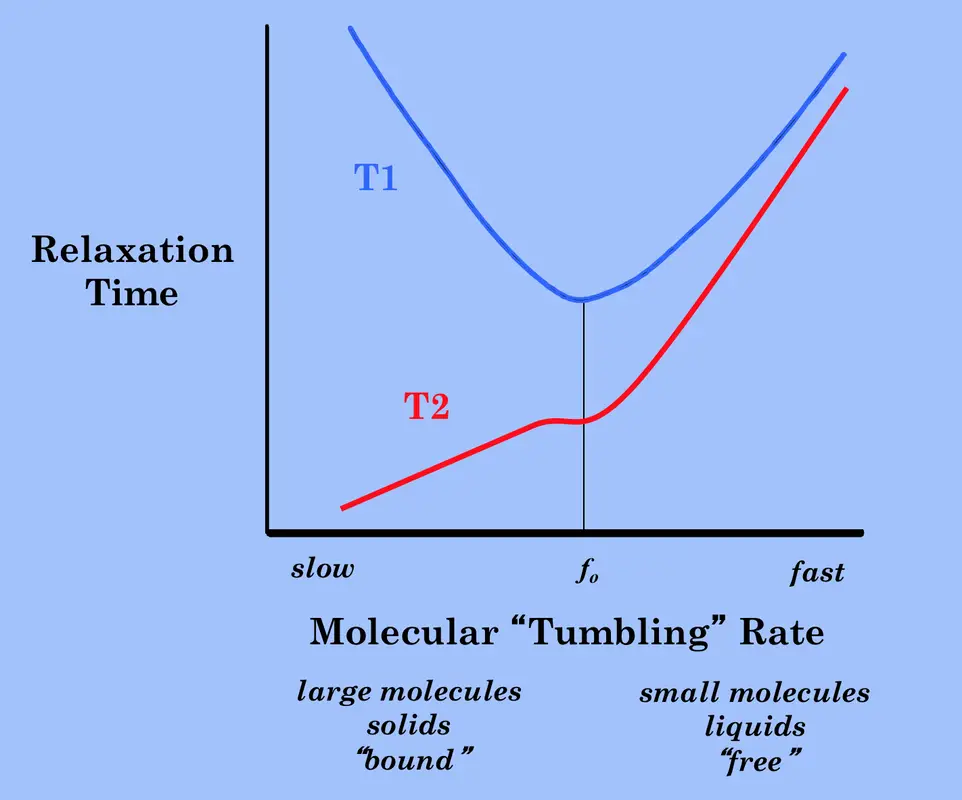Relaxation time is a fundamental concept in the field of material science, particularly when discussing the dynamic behavior of molecules within various substances. This term broadly refers to the time required for a system or material to return to its equilibrium state after being disturbed. Despite its technical nature, the importance of understanding relaxation time spans across multiple industries, including electronics, polymers, and even pharmaceuticals.
The difference between average relaxation and molecular relaxation time lies primarily in their scale and implications. Average relaxation time is a macroscopic measure, indicative of the overall system’s return to equilibrium. In contrast, molecular relaxation time focuses on the behavior of individual molecules, offering insights on a microscopic scale.
These concepts are pivotal in enhancing the performance and understanding of materials under different environmental conditions. By studying both average and molecular relaxation times, scientists and engineers can predict how materials will respond to stress, temperature changes, and other external factors, thus optimizing material properties for specific applications.

Relaxation Time Basics
Explanation of Average Relaxation
Relaxation time in the context of material science refers to the period it takes for a material to return to its equilibrium state after undergoing a disturbance. Average relaxation time provides a macroscopic view of this process, summarizing the collective behavior of all molecules within the material. It’s an average measure, indicating how the material as a whole tends to respond to external influences.
For many practical applications, understanding the average relaxation time helps predict how materials will behave under stress or during the phase transition. For example, in polymers, the average relaxation time can determine how the material flows or deforms under mechanical forces.
Understanding Molecular Relaxation
On a more microscopic level, molecular relaxation time focuses on individual molecules or molecular groups within the material. This measure tells us how quickly individual molecular components can rearrange themselves to reach a state of equilibrium after a disturbance.
The behavior of these molecules is crucial for developing high-performance materials that are required to perform under precise and varying conditions. For instance, in electronics, the molecular relaxation time of dielectric materials impacts their ability to store and release electrical energy effectively.
Key Differences
Time Scale Comparison
One of the most significant differences between average and molecular relaxation times lies in their respective time scales. Average relaxation times are often longer, as they account for the collective behavior of all molecules in a system. In contrast, molecular relaxation times can be much shorter, especially when considering rapid molecular motions that occur on a nanoscale.
Impact on Properties
The different scales of these relaxation times have direct implications on the properties of materials. Materials with shorter molecular relaxation times can respond more quickly to changes, which is vital in applications like sensors and actuators, where rapid responses are critical. Conversely, materials with longer average relaxation times might be better suited for applications requiring durability and stability under long-term stresses.
Measurement Techniques
Methods for Average Relaxation
To measure the average relaxation time, several methods can be employed depending on the type of material and the specific properties being examined:
- Dielectric Spectroscopy: Useful for investigating the dielectric properties of materials and their response to an external electric field.
- Dynamic Mechanical Analysis (DMA): This technique measures the mechanical properties of materials as they are deformed under oscillating stress, providing insights into the viscoelastic behavior.
Techniques for Molecular Relaxation
Molecular relaxation times, however, are often measured using techniques that can capture fast, microscopic changes:
- Nuclear Magnetic Resonance (NMR) Spectroscopy: This method is adept at studying molecular dynamics on a microscopic scale.
- Time-Resolved Spectroscopy: Employed to observe the very quick processes as molecules return to equilibrium states.
Applications
Industrial Applications
Understanding both types of relaxation times is crucial across various industries. In the plastic manufacturing industry, for example, knowledge of relaxation times helps in tailoring products with the desired flexibility and strength, depending on whether the product needs to absorb shocks or maintain rigidity under stress.
Research and Development
In research and development, relaxation times are pivotal in the discovery of new materials and the improvement of existing ones. Scientists study these times to develop materials with specific behaviors at molecular levels, such as polymers with improved thermal stability or metals with enhanced ductility.

Challenges
Measurement Accuracy
One of the significant challenges in studying relaxation times is achieving high measurement accuracy. Both average and molecular relaxation times are sensitive to a variety of factors, including environmental conditions and material purity. Ensuring that measurements accurately reflect the intrinsic properties of materials requires sophisticated equipment and precise control of experimental conditions.
- Temperature Sensitivity: Both types of relaxation are highly sensitive to temperature changes, making it essential to maintain strict temperature control during experiments.
- Frequency Range: Particularly for dielectric spectroscopy, the frequency range must match the dynamics of the material being studied to capture accurate relaxation times.
Interpretation of Data
Another challenge lies in the interpretation of data. Relaxation phenomena can be complex, and data from experiments such as spectroscopy or mechanical analysis often require sophisticated mathematical models to decode. Misinterpretations can lead to incorrect conclusions about material properties, affecting their application and development.
- Model Dependence: Data interpretation often relies on theoretical models that may not fully account for all experimental variables.
- Complexity of Materials: Heterogeneous materials or those with complex molecular structures pose significant challenges in data interpretation, as multiple relaxation processes might be occurring simultaneously.
Advances
Recent Technological Improvements
Recent technological improvements have significantly enhanced the measurement and understanding of relaxation times. Advanced instrumentation and software have allowed for greater precision and easier interpretation of results.
- High-Resolution Spectroscopy: Improved resolution in spectroscopic techniques allows for a more detailed observation of molecular dynamics.
- Automated Data Analysis: Software advancements now enable more sophisticated data analysis, reducing human error and increasing the reliability of interpretations.
Future Directions
Looking ahead, the future of studying relaxation times appears promising with several exciting directions.
- Integration of Machine Learning: Machine learning models are beginning to be employed to predict relaxation behavior based on large datasets, which could revolutionize material design and testing.
- Nanotechnology: Advances in nanotechnology are expected to provide even more precise tools to measure and manipulate molecules at the nano-level, potentially unlocking new material properties and applications.
Frequently Asked Questions
What is Relaxation Time?
Relaxation time refers to the duration it takes for a material or system to return to its equilibrium state after being disturbed. It’s crucial in understanding how materials react under various conditions.
How is Average Relaxation Time Measured?
Average relaxation time is typically measured using techniques like dielectric relaxation, rheology, or dynamic mechanical analysis, depending on the material type and the nature of the disturbance.
What is Molecular Relaxation Time?
Molecular relaxation time is the time it takes for individual molecules within a material to return to equilibrium. This measurement gives insights into the microscopic interactions and dynamics within a material.
Why is Molecular Relaxation Time Important?
Understanding molecular relaxation time is essential for predicting the behavior of materials at a molecular level, which is crucial for applications requiring precise control over material properties.
How Do Relaxation Times Affect Material Properties?
Both types of relaxation times significantly influence the mechanical, thermal, and electrical properties of materials. They determine how materials behave under stress and can guide the development of new materials with desired characteristics.
Conclusion
Relaxation times, both average and molecular, provide critical insights into the behavior of materials under various conditions. The ability to measure and interpret these times allows for the advancement of technology and improvement of material properties. As research progresses, the understanding of these relaxation processes will continue to play a crucial role in the development of innovative materials tailored for specific applications.
By continuing to explore the differences and implications of average and molecular relaxation times, scientists and engineers can better design materials that are more resilient, efficient, and suitable for modern applications, thereby pushing the boundaries of what is technically feasible in material science and engineering.

